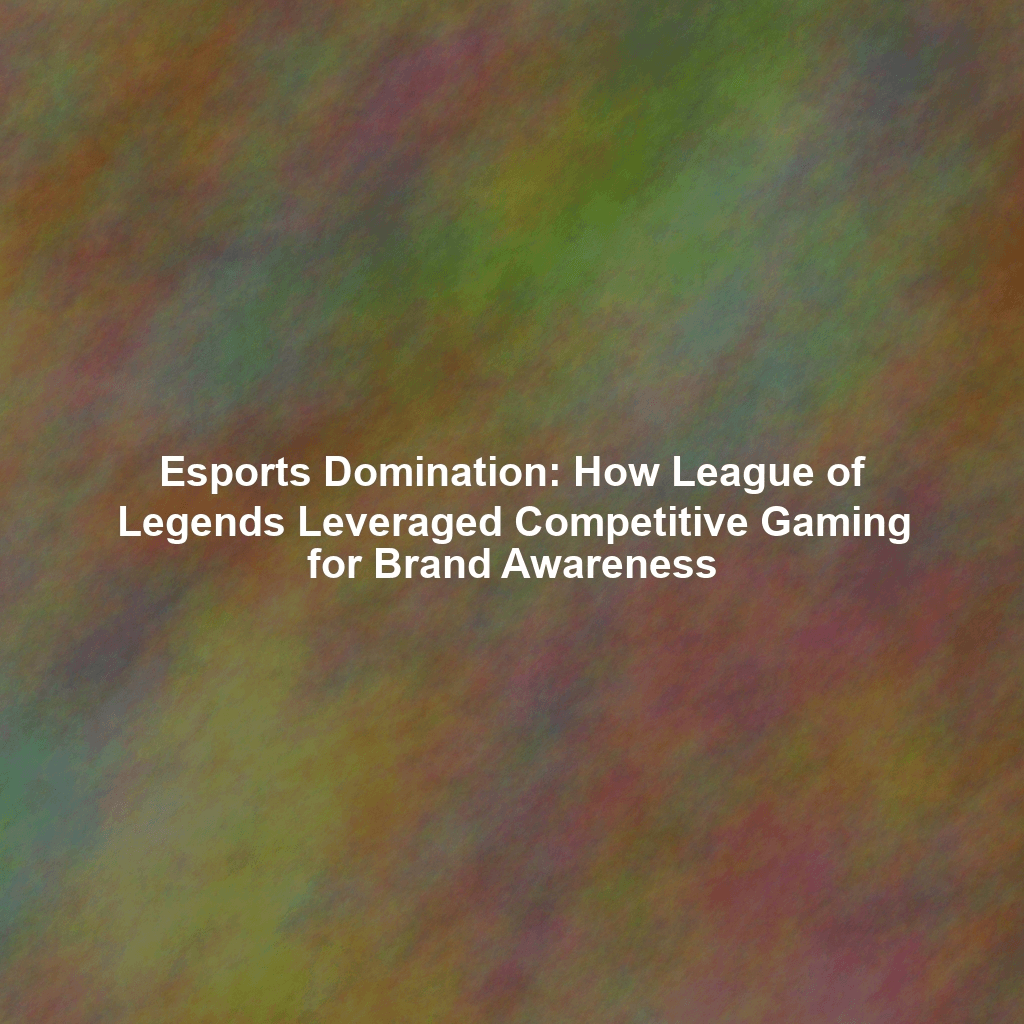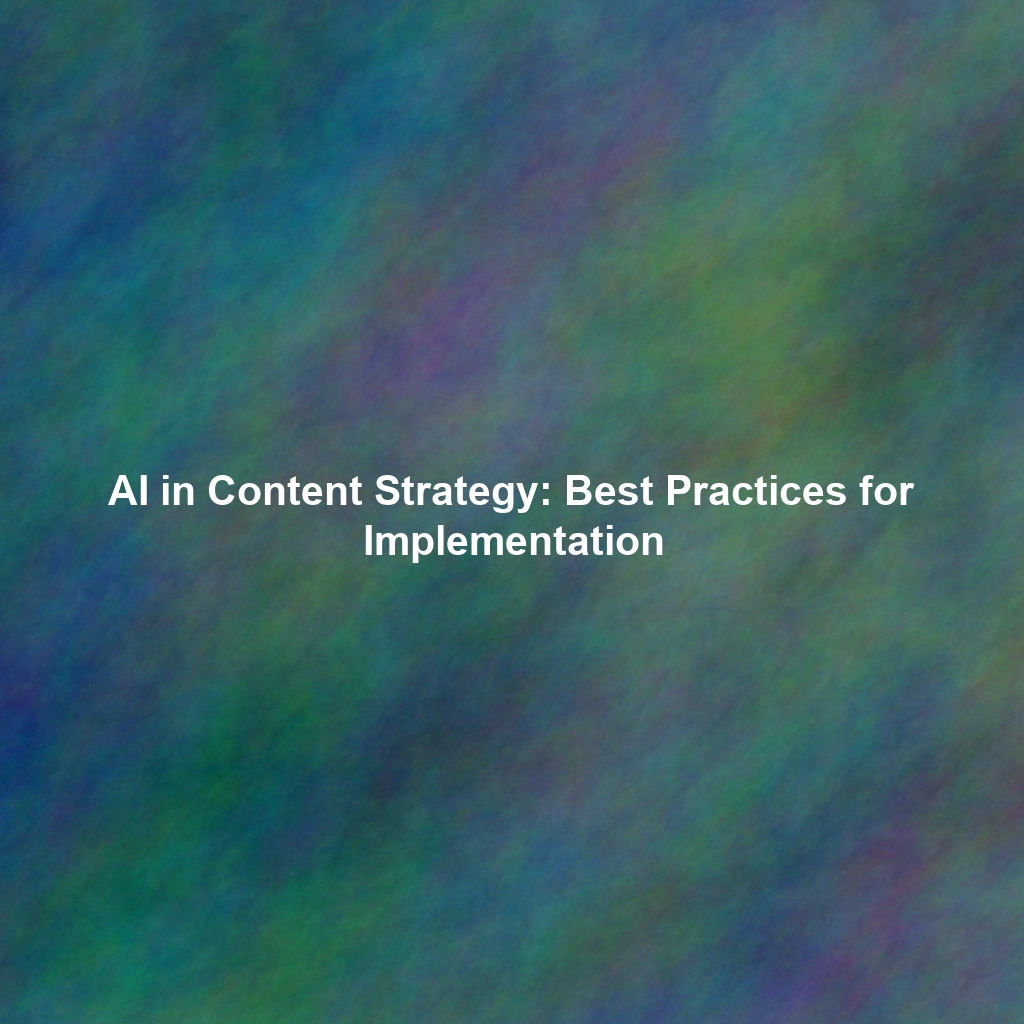League of Legends: A Foundation Built on Competition and Strategic Design
League of Legends (LoL), a multiplayer online battle arena (MOBA) game released by Riot Games in 2009, was designed with competitive play in mind from its very inception. This wasn’t an accident; it was a deliberate architectural choice. Its complex mechanics, deep strategic layers, and inherently team-based 5v5 gameplay naturally lent itself to competitive esports. The game’s core loop—mastering champions, coordinating with teammates, and executing intricate strategies—created a high skill ceiling and endless replayability, essential ingredients for a thriving competitive scene. Recognizing this intrinsic potential, Riot Games, the developer and publisher, made a bold, prescient decision: to invest heavily and directly in building a robust, professional esports ecosystem around LoL, rather than leaving it to chance or third parties. This commitment was a strategic differentiator.
From Grassroots Tournaments to Global Spectacle: The Scaled Evolution
Initially, the League of Legends esports scene emerged organically through passionate, community-organized tournaments. Riot Games, with remarkable foresight, didn’t suppress this burgeoning interest; they nurtured it. They gradually formalized the competitive structure, moving from informal online matches to highly organized, professional leagues. They began by establishing regional leagues like the League Championship Series (LCS) in North America, the League of Legends European Championship (LEC) in Europe, and subsequently expanding to major regions like Korea (LCK) and China (LPL). These leagues provided a professional platform for aspiring players and teams, offering stable salaries, structured competition, and a clear path to global recognition, thereby fostering a sense of legitimacy and professionalism that attracted top talent.
The ultimate culmination of the competitive season is the League of Legends World Championship (Worlds), an annual global tournament that attracts tens of millions of unique viewers worldwide. This event has transcended mere gaming; it has become a cultural phenomenon, rivaling traditional sporting events like the Super Bowl or the Champions League final in terms of peak viewership and media attention. The scale and production value of Worlds are immense, featuring state-of-the-art arenas, elaborate opening ceremonies, and broadcast quality on par with major sports. It showcases the best players in the world competing for the coveted Summoner’s Cup and a multi-million dollar prize pool, creating a compelling narrative that draws in both dedicated fans and casual observers. This grand spectacle serves as the ultimate marketing vehicle, driving massive brand exposure and player acquisition.
Worlds Viewership: Numbers That Speak Volumes
The League of Legends World Championship consistently breaks its own viewership records. The 2023 Worlds Final, for instance, peaked at over 6.4 million concurrent viewers (excluding Chinese platforms), making it the most-watched esports event in history. For context, this surpasses the viewership of many traditional sports finals. These numbers represent an unparalleled marketing reach for the League of Legends brand.
Strategic Pillars of Riot Games’ Esports Marketing: A Blueprint for Success
Riot Games’ unparalleled success in leveraging esports for marketing can be attributed to several meticulously executed strategic pillars. These aren’t isolated tactics but interconnected components of a holistic, long-term vision that directly impacts their **E-E-A-T (Experience, Expertise, Authoritativeness, Trustworthiness)** in the gaming industry.
1. Direct Investment in Infrastructure: Building a Professional Ecosystem
Riot Games hasn’t simply let esports happen organically; they’ve actively and heavily invested in the infrastructure necessary to support a thriving, professional competitive scene. This direct investment signals their commitment and builds “Trustworthiness” and “Authoritativeness.”
- Financial Support: Providing guaranteed salaries and benefits to pro players, funding team organizations, and offering substantial prize pools (e.g., millions of dollars at Worlds). This professionalizes the career path and attracts top talent.
- Standardized Rules & Regulations: Establishing clear, consistent rulesets, competitive formats, and robust league structures ensures fair play and a level competitive field. This builds integrity.
- Anti-Cheating Measures: Implementing strict anti-cheating measures and competitive integrity protocols ensures the authenticity of competition, crucial for maintaining viewer trust.
- High-Quality Broadcast Production: Investing in state-of-the-art studios, professional casters (commentators), analytical desks, and cinematic production values for all league matches and major tournaments. This elevates the viewing experience, making it compelling even for casual fans.
- Player Development & Welfare: Supporting player health, mental well-being, and career development initiatives, ensuring the longevity of their talent pool.
This direct, hands-on approach ensures a high-quality product for viewers and a stable environment for players, solidifying LoL esports as a legitimate, compelling entertainment product.
2. Strategic Partnerships and Sponsorships: Expanding Reach & Elevating Brand
Strategic partnerships and high-profile sponsorships have been crucial in expanding the reach, visibility, and commercial viability of League of Legends esports. Riot Games collaborates with major global brands, creating mutually beneficial relationships that go beyond simple logo placement. This demonstrates “Authoritativeness” and broad market appeal.
- Financial Resources: Sponsorships from brands like Mastercard (global payment partner) provide significant financial backing for leagues and tournaments.
- Brand Integration & Authenticity: Partnerships with fashion houses like Louis Vuitton (creating bespoke trophy cases and in-game skins) or gaming chair manufacturers like Secretlab (official gaming chair supplier) extend LoL’s brand into new, relevant lifestyle categories. These aren’t just ads; they’re integrated experiences that resonate with the audience.
- Cross-Promotional Opportunities: These partnerships provide unparalleled cross-promotional opportunities, exposing the League of Legends brand to new demographics outside of traditional gaming circles, driving new player acquisition. For instance, a Mastercard campaign might highlight esports, drawing in a mainstream audience.
- Media & Broadcast Partners: Collaborations with major streaming platforms (Twitch, YouTube) and traditional broadcasters ensure maximum accessibility for viewers worldwide.
These partnerships not only provide financial resources but also lend credibility and mainstream appeal to esports, further elevating the profile of the game and its competitive scene.
3. Compelling Content Creation and Storytelling: Building Emotional Connection
Riot Games understands that behind every competitive match is a compelling human story. They invest heavily in creating rich, engaging content that goes beyond just game highlights, building emotional connections with fans and reinforcing their “Expertise” and “Experience” in the gaming narrative.
- Documentaries & Player Profiles: Producing high-quality documentaries (e.g., “Legends Rising,” “Road to Worlds”) and in-depth player profiles that explore the personal journeys, struggles, and triumphs of pro players. This humanizes the athletes and creates relatable narratives.
- Behind-the-Scenes Features: Offering glimpses into team houses, training regimens, and the production of esports events. This builds transparency and deepens fan connection.
- Analytical & Educational Content: Providing expert analysis of gameplay, strategic breakdowns, and educational content that appeals to both casual viewers and aspiring players. This demonstrates deep “Expertise” in the game.
- Cinematic Trailers & Music: Creating stunning cinematic trailers for major events and commissioning original music (e.g., the annual Worlds anthem) that becomes iconic within the community. This elevates the emotional experience.
This content not only entertains viewers but also helps them connect deeply with the players and teams, fostering a powerful sense of community, loyalty, and emotional investment in the esports narrative.
4. Deep Community Engagement: The Foundation of Loyalty
At the heart of Riot Games’ esports strategy is a deep, authentic commitment to community engagement. They understand that a thriving esports scene is built on the passion of its fans and players. This continuous dialogue directly fosters “Trustworthiness” and a sense of shared “Experience.”
- Active Feedback Loops: Regularly soliciting feedback from players, fans, and esports professionals through forums, social media, and dedicated surveys. This input is genuinely used to improve the game and the esports ecosystem.
- Fan Events & Activations: Hosting large-scale fan events (e.g., fan meets, watch parties, cosplay contests) at live tournaments and online. This creates shared experiences and strengthens community bonds.
- Social Media Presence: Maintaining a highly active and responsive presence on all major social media platforms, engaging directly with fans, sharing behind-the-scenes content, and celebrating community milestones.
- User-Generated Content (UGC) Promotion: Encouraging and promoting fan-created content (e.g., fan art, memes, highlight reels), further empowering the community and amplifying organic reach.
- In-Game Rewards & Integration: Offering in-game rewards, skins, or emotes tied to esports events, directly connecting the game experience with the competitive scene.
This deep community focus ensures the long-term health and sustainability of both the game and its esports ecosystem, transforming casual players into dedicated fans and advocates.
Impact and Quantifiable Results: The ROI Story
The results of Riot Games’ strategic, multi-faceted investment in esports have been nothing short of significant, demonstrating a clear, measurable return on investment. League of Legends has not only become one of the most popular and successful games in the world but also a global entertainment phenomenon, with a massive and fiercely dedicated player base and viewership.
Brand Awareness and Player Acquisition: The Top of the Funnel
The sheer scale and global reach of League of Legends esports have driven immense, unparalleled brand awareness for the game. Millions of people who may not otherwise be interested in video games are exposed to the League of Legends brand through esports broadcasts, mainstream news coverage, social media trends, and even fashion collaborations. This exposure directly translates into increased player acquisition: new players are drawn to the game by the excitement, spectacle, and competitive narratives of esports. It acts as a continuous, high-impact marketing campaign, converting viewers into players.
- Massive Reach: As noted, peak viewership for Worlds consistently rivals major traditional sports, exposing the brand to hundreds of millions globally.
- Organic Virality: Iconic plays, dramatic upsets, and compelling player storylines from esports generate massive organic buzz and shares across social media, acting as free, authentic advertising.
- Reduced CAC: The esports spectacle effectively lowers the Customer Acquisition Cost (CAC) for new players by creating a highly visible, aspirational entry point into the game.
Fostering a Long-Term Community & High Lifetime Value: The Bottom Line
Beyond mere player acquisition, esports helps foster a deeply loyal, long-term community around League of Legends. Competitive gaming provides a sense of shared identity, purpose, and belonging for players and fans. It encourages players to connect with each other, form teams, participate in the game’s ecosystem, and invest emotionally for years to come. This community loyalty is invaluable, ensuring the long-term success, sustainability, and high lifetime value (LTV) of the game through continued engagement, in-game purchases, and brand advocacy.
- Increased Engagement: Esports viewers often play the game more, and players who follow esports are more engaged with the game’s updates and events.
- Monetization: Dedicated fans are more likely to purchase in-game cosmetics (skins, emotes) tied to esports events, teams, or players, providing a significant revenue stream.
- Retention: The ongoing narrative of esports provides a compelling reason for players to return to the game even if they take a break, fostering long-term retention.
The CFO’s Perspective: Esports as a Profit Center
From a pure financial standpoint, Riot’s esports investment has transitioned from a marketing expense to a legitimate profit center. Sponsorships, media rights, and merchandise sales generate significant revenue. More critically, the sustained engagement and acquisition driven by esports directly translates into higher player counts, increased in-game spending, and extended player lifecycles. This is a highly efficient, self-sustaining marketing and revenue engine that few other games can replicate at this scale. It’s a testament to strategic long-term vision and execution.
Challenges and Lessons Learned: The Road to Esports Dominance
While Riot Games’ success is undeniable, the path to building a global esports empire was not without its challenges. Other game publishers can learn valuable lessons from these hurdles:
- Significant Upfront Investment: Building a professional esports infrastructure requires massive financial and human capital investment, with no guaranteed immediate ROI. This demands long-term commitment from leadership.
- Balancing Game Development & Esports: Maintaining game balance for competitive play while also introducing new content and features for the broader player base is a constant, delicate act. Changes for esports can impact casual players, and vice-versa.
- Talent Management & Player Welfare: Managing the careers, well-being, and public image of professional athletes is complex. Issues like player burnout, toxicity, or contractual disputes can impact the entire ecosystem.
- Monetization Challenges: While sponsorships are lucrative, finding diverse, sustainable revenue streams beyond direct game sales (which LoL doesn’t have) and in-game purchases is an ongoing challenge for esports.
- Maintaining Competitive Integrity: Preventing cheating, match-fixing, and ensuring fair play is paramount for the credibility of the sport. Any breach can severely damage trust.
- Global vs. Local Nuances: Scaling esports globally requires understanding and adapting to diverse regional cultures, legal frameworks, and audience preferences.
The key takeaway is that building a successful esports strategy requires more than just a popular game; it demands a dedicated, long-term vision, substantial investment, and a deep understanding of both game design and sports entertainment principles.
Conclusion: Esports as a Strategic Imperative for Game Publishers
The case of League of Legends stands as a definitive testament to the immense, quantifiable potential of esports as a core marketing and business development tool. By making a strategic, sustained investment in infrastructure, forging impactful partnerships, creating compelling human-centric content, and relentlessly prioritizing community engagement, Riot Games has successfully leveraged competitive gaming to build a global brand, attract millions of new players, and foster an incredibly loyal, high-LTV community. Their approach demonstrates how esports can transcend a mere marketing channel to become an integral part of a game’s identity and revenue model.
League of Legends serves as a powerful, data-backed example for other game publishers looking to harness the power of esports to achieve their marketing goals. It proves that a well-integrated, strategically executed esports strategy can truly level up a game’s success, transforming it from a product into a global entertainment phenomenon that drives both brand affinity and a robust bottom line. The question for publishers today isn’t *if* they should engage with esports, but *how* they can strategically build and leverage it to unlock their game’s full potential in the attention economy.
 Skip to content
Skip to content

